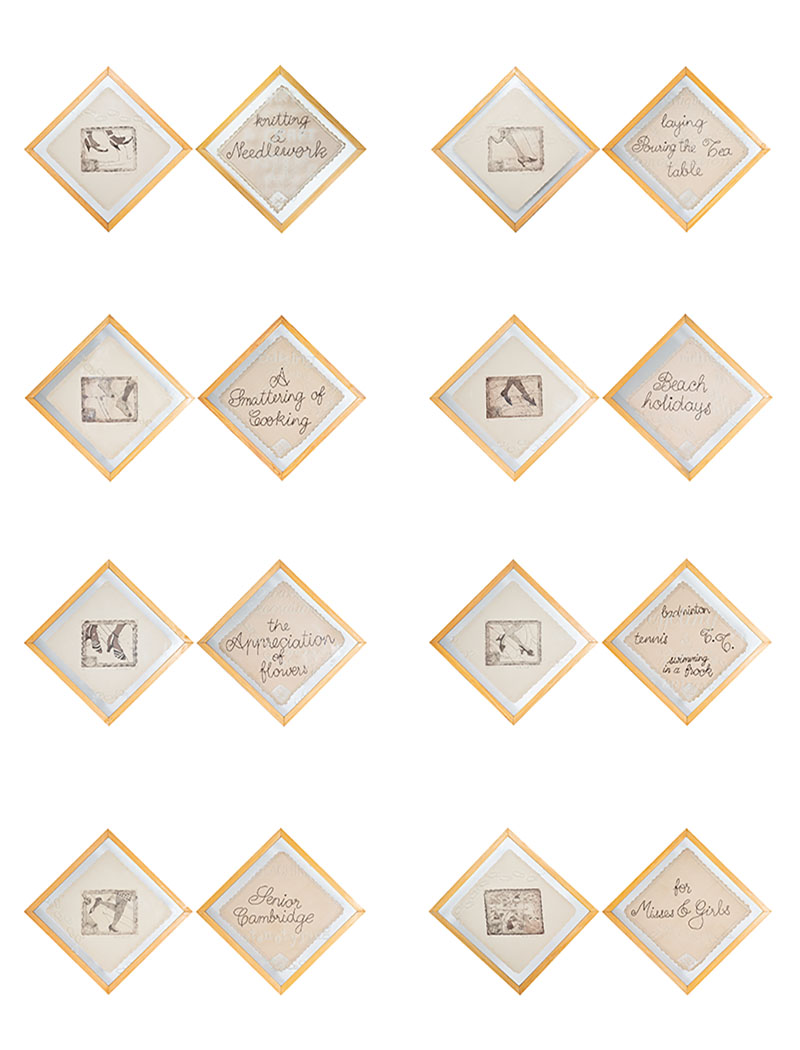A writer, academic and artist, Paula Sengupta works primarily in the medium of printmaking, alongside other media such as installation, sculpture and painting. Her work is concerned with issues of gender and cultural ancestry, and her research interests as a writer are heavily influenced by her art practice.
Sengupta was born in London. She received her bachelor’s in painting from the College of Art, New Delhi in 1989, and a master’s in printmaking in 1992 from Kala Bhavana, Shantiniketan, where she studied under artist Sanat Kar. She went on to pursue a PhD on the history of Indian printmaking from the same institution, and her thesis became the base for her first book The Printed Picture: Four Centuries of Indian Printmaking, which was published in two volumes by Delhi Art Gallery (DAG) in 2012. From 1999 to 2003, she was a guest lecturer at the National Institute of Fashion Technology, Kolkata, and in 2000, she was an artist in residence at the Staatliche Akademie der Bildenden Kunste, Stuttgart in Germany. Since her time as a PhD student, Sengupta has worked as an artist and writer simultaneously, with much of her written work involving a detailed exploration of the history of printmaking. In 2013, she published her second book, Foreign and Indigenous Influences in Indian Printmaking.
Working with techniques such as woodblock printing on broadsheets in her artistic practice, Sengupta also incorporates a variety of textiles and traditions that are central to the history of South Asian and Bengali craft, such as chintz, muslin and nakshi kantha embroidery. Her works reflect on regional and personal histories, particularly those of women and Bengali families affected by the Partition, as seen in No.8, Shorts Bazaar/#8 Short Street (2006), an installation on the seven generations of women who had lived in her mother-in-law’s ancestral home. Similar themes are explored in her installation Rivers of Blood (2010), which reflects on the nature of migration with the display of heirloom items such as clothes, storage trunks and other personal items in the manner of a cabinet of curiosities. With the decontextualisation of such familiar objects Sengupta highlights the dual legacy of an exodus such as the one accompanying Partition — significant cultural exchanges on the one hand, and the loss and erasure of the histories of objects left behind by a dispossessed population.
For her exhibition, The Porcelain Rose (2021), Sengupta delved into the contentious history of chintz as an item of colonial interest. The exhibition featured ink illustrations on paper that resemble designs on chintz fabrics, as well as sketches, and prints made from pressed leaves. With these, Sengupta examines the relations and conflict between reality and artifice, sight and concealment, and coloniser and colonised, as well as the threats to wildlife. Prints of digital photographs and animated short films in the exhibition further elaborated on these themes. Sengupta served as the curator of an online exhibition, Living a Dark Night (2021), that was organised by the Kala Chaupal Trust. She invited woodcut and linocut prints from Indian artists to reflect on the widespread misery, deprivation and displacement of the working class brought about by the COVID-19 pandemic, drawing inspiration from the work of artists such as Chittaprosad Bhattacharya and Zainul Abedin, who extensively documented the Bengal Famine of 1943.
Sengupta has participated widely in solo and group exhibitions as well as curatorial projects in India and abroad. She won the Charles Wallace India Trust Research Grant in 2007 and has participated in artist residencies at the Kala Art Institute, Berkeley (1997–1998) and Britto Arts Trust, Dhaka (2008).
At the time of writing, Sengupta lives and works in Kolkata.







